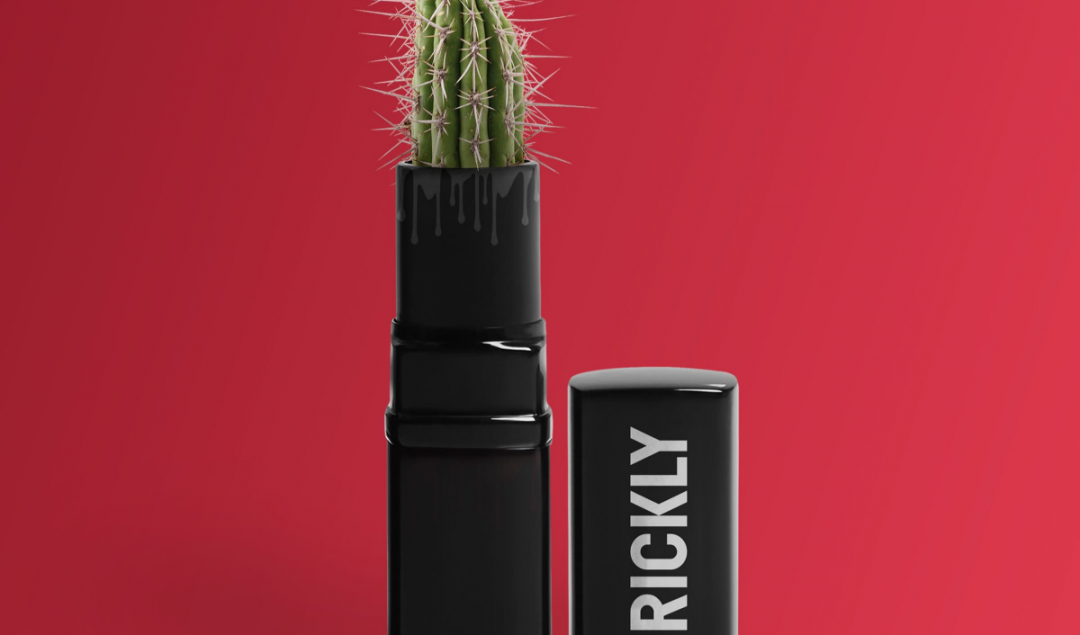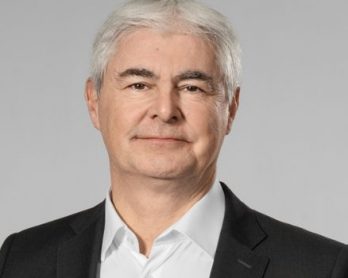The Prickly Subject of PNR: Paid Negative Reviews

All eyes are on the beauty industry to see how they handle the latest influencer flare up because it could portend how influencer marketing is handled going forward.
It might also provide some needed case studies about how not to do things. We’ll have to see how this all shakes out…
The latest flap to roil an already turbulent influencer industry came from an unlikely source. It was sparked by Marlena Stell @MarlenaStell –a beauty influencer who has been building her own influence and credibility for the past ten years in addition to recently starting her own beauty brand.
Stell published a YouTube video in which she bemoans the current state of influencer marketing and how it’s devolved into a prickly environment where many are focused on nothing but greed and fame over makeup and relationships.
Her video is instructive because she straddles both sides of the coin – being a well-established beauty influencer as well as a business woman representing her own start-up brand.
As she explains in her video, she seems genuinely conflicted about the industry and what it’s devolving into.
Honestly, her observations aren’t unusual for a rapidly growing industry where the guard rails for professional behavior and rules of engagement are few.
Brands clamor to leverage influencers and often reward larger audience sizes over authenticity, relationships, and a genuine desire to connect and help their audiences. Instead, she says, it’s all about sales.
This last part is where Stell seems the most disappointed.
As she tells it, the focus of many beauty influencers has shifted away from the makeup and connecting with followers to forge deeper relationships with brands.
Instead, she claims, the focus for many influencers seems to have has shifted to social climbing, becoming famous and padding their wallets.
As I’ve written about before, the beauty industry is paving new ground where influencer marketing is concerned while showing its ugly side in the process.
But let’s recall why influencers became important at all.
Influencer marketing gained traction because consumers started to trust the “regular” people they were seeing on Instagram and YouTube, instead of the professionally made up models shown in magazines and on television.
The authenticity and relatability they brought was refreshing and something magazines and TV couldn’t compete with. Soon it became evident that these regular people could influence followers to buy stuff.
Once that came about, it gave rise to personalities like Marlena Stell, who ended up with a huge following and makeup brand of her own.
And she’s not alone because there are plenty of others who followed in her footsteps and made the jump from influencer to beauty brand start-up.
It’s one thing to encounter the customary greed and back stabbing behavior found in high growth situations where opportunity is ripe, but it’s another to claim some influencers are threatening to tell their followers not to buy your products if you don’t pay them enough.
Even worse, some brands evidently are willing to pay influencers to trash competitors in their posts and videos.
Stell wasn’t willing to name anyone, but she was very clear that she knew this behavior was happening.
Kevin James Bennett @kjbennettbeauty –an Emmy Award-winning Cosmetic Developer, Makeup Artist, Educator and Journalist, with a following of 40K of his own, claims he was actually offered the opportunity to pay for the “dedicated negative review of a competitor’s product” of a brand he consulted with by the management team of a top-level beauty influencer.
If true, and we have no reason to believe they are making this up, this is a new low and completely reprehensible.
As an influencer marketer, if I got wind of an influencer trashing brands in exchange for payment, they would never work with my brands or clients again.
Many influencers are not seasoned business people as many of we marketers know.
For some, this may be their first experience in business. Many of them are young and haven’t had the benefit of working in a large corporation, but still, I don’t think that’s any excuse for this kind of behavior.
It’s the kind of thing that only leads to disappointment, broken trust and ruin. If someone is willing to do this for money, it doesn’t speak well of their character.
So, if you know of any influencer engaging in this kind of thing, tell them to stop now.
But Stell’s observations about beauty influencers didn’t end there.
She was adamant that some “billion-dollar brands” confided to her that they weren’t getting the ROI they wanted from the influencers they were working with, especially the ones with large followings.
This shouldn’t come as a surprise as many researchers have noted the correlation between massive audiences and lack of engagement.
This is why Stell encourages brands to work with smaller, micro influencers instead.
Their followings are more engaged and their authenticity is intact. Also, because they are less well known, they will jump at the chance to work closely with a big brand as I’ve noted before.
It also affords brands the opportunity to cultivate and forge relationships that can be fruitful in many ways and longer lasting.
One last thing, if the beauty industry doesn’t get a handle on this problem, the influencer community will be undermined and possibly irreparably harmed.
So something needs to be done. Fortunately, the American Influencer Association is working on measures to help guide influencers and brands alike.
Not only is this an important thing for influencers and brands, but most importantly for the consumer, too!
The idea is to set down some guidelines so the beauty community can work within a framework that supports good business practices, fosters relationships between brands and influencers, and give consumers the best experience possible.






